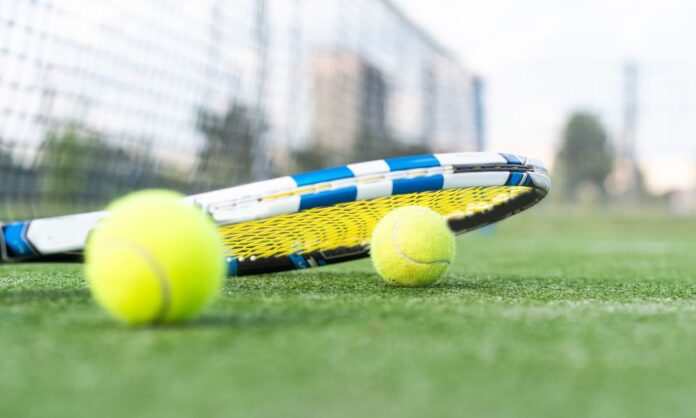Tennis is a sport of pinpoint timing, tactical finesse, and athleticism. Whether you’re a novice picking up a racket for the first time or an experienced player looking to take your game to the next level, understanding the nuances of the sport can mean the difference between a good match and an outstanding performance. From mastering your serve to refining your footwork, these tips and strategies for improving your tennis game will help you gain an edge over your opponents.
Mastering the Art of the Serve
The serve is one of the most critical aspects of your tennis game. It’s where every point begins, and a strong serve can immediately put you in the driver’s seat. Practice a consistent, high toss and keep it slightly in front of you rather than directly above for a more natural swing path. For a pinpoint stance, ensure most of your weight stays on the back foot during the backswing and transfers to the front foot during the hit.
Improving Forehand and Backhand Swings
A solid forehand and backhand shot are the foundation of your tennis arsenal. Experiment with different grips, such as an Eastern, Semi-Western, or Western grip, to find what feels most natural and effective for you. For the forehand, use a combination of your arm and body rotation to create a sweeping motion. With the backhand, focus on using your non-dominant hand to guide the racket and shoulder turn to generate power.
Understanding Volleys and Overheads
The net game can be a powerful tool in your tennis strategy. Stand with feet shoulder-width apart, knees slightly bent, and racket positioned out in front for the forehand volley. For the backhand volley, use a one-handed or two-handed grip and position the racket slightly higher if you use a two-handed grip. On overheads, prep your racket early and transfer your weight forward to generate power and control.
The Mental Game
Beyond physical prowess, tennis is a game of strategy and mental agility. Watch your opponent’s body language and their tendencies during the match. Adapt your game plan by taking note of their strengths and weaknesses. Sometimes, the best shot isn’t the hardest—it’s the one that exploits your opponent’s position on the court.
Strength and Conditioning
A strong tennis player is a well-conditioned athlete. Incorporate activities like running, swimming, and biking to improve overall cardiovascular fitness. Consider trying some exercises for small spaces, which are a great way to get in shape in your free time. Use interval training to replicate the start-stop nature of a match, improve overall endurance, and always ensure you recover adequately with rest days and proper nutrition to support your training efforts.
Set a Course for Success on the Court
By incorporating these next-level tips for improving your game into your practice routine, you’re setting a course for becoming a force on the tennis court. Remember, improvement is a constant process, and the key is to approach each session with dedication, focus, and a hunger for refining your craft. With time, patience, and perseverance, these tips will translate into stronger serves, crisper volleys, and a more strategic, poised play.









